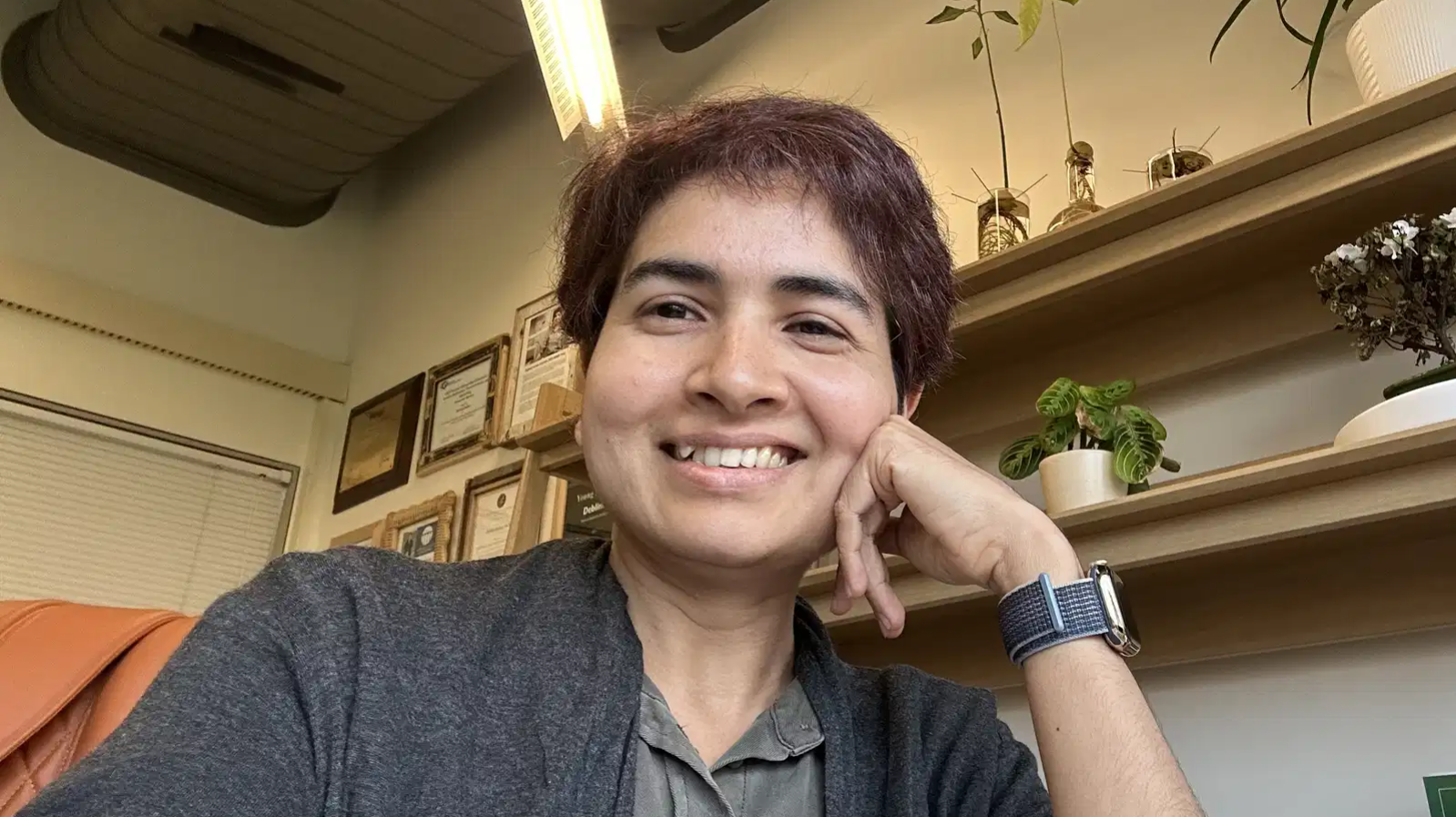The inventor of the revolutionary nano-bio-chip, which is being called a medical breakthrough, is redefining the treatment methods for brain disease, mental illnesses, blindness and even cancer. Deblina Sarkar, an IIT graduate turned assistant professor at the Massachusetts Institute of Technology, has recently stunned the medical and electrical science world with her invention, a chip that can be injected into the bloodstream.
According to an Economic Times report, she has invented a platform named Circulatronics, which is capable of moving within the bloodstream and locating the disease-affected location in the brain, and implanting itself without requiring any surgical incision. Her invention was first reported by the New Atlas and later described by Nature Biotechnology.
Also Read | Flipkart Black Friday 2025: Samsung Galaxy S24 FE price drops
Who is Deblina Sarkar
Deblina Sarkar is an Associate Professor at Massachusetts Institute of Technology (MIT), AT&T Career Development Chair Professor at MIT Media Arts and Sciences. Sarkar is also the Founder and Director of Nano-Cybernetic Biotrek research lab.
Born in Kolkata, she went to the Indian Institute of Technology Dhanbad to pursue her undergraduate degree in electrical engineering. She aimed her research towards nanoscale device design and spintronics. During her Undergraduate course in 2007, the Bengali inventor published her paper on the efficacy of double-gate metal–oxide–semiconductor field-effect transistors (MOSFETs), which earned her international recognition.
In 2008, she left for the US to pursue her master's and PhD at the University of California, Santa Barbara (UCSB) after graduating. Sarkar pursued her postdoctoral fellowship at MIT. During this time, she developed a novel technology that is capable of mapping brain structures and their functions. Later, she became an Assistant Professor at MIT.
Also Read | Amazon Prime uses AI to help viewers quickly catch up between seasons
What is Circulatronics
Circulatronics is a platform that relies on swarms of sub-cellular electronic chips, also called SWEDs. These devices are small enough to be placed on a blood cell. As reported by New Atlas, these chips are about one billionth the length of a grain of rice, yet they can deliver targeted electrical stimulation deep inside the brain.
The SWEDs are paired with immune cells called monocytes. Once they enter the bloodstream, these combined cell-electronics move along the body’s immune pathways, cross the blood–brain barrier, and reach inflamed or diseased sites.
The devices activate when a near-infrared laser is aimed at the skull from the outside, allowing them to modulate electrical activity in specific neuron clusters. The SWEDs reached the intended brain region within 72 hours and produced focused activation in areas as small as 30 micrometres while tested on mice, according to the New Atlas report.










